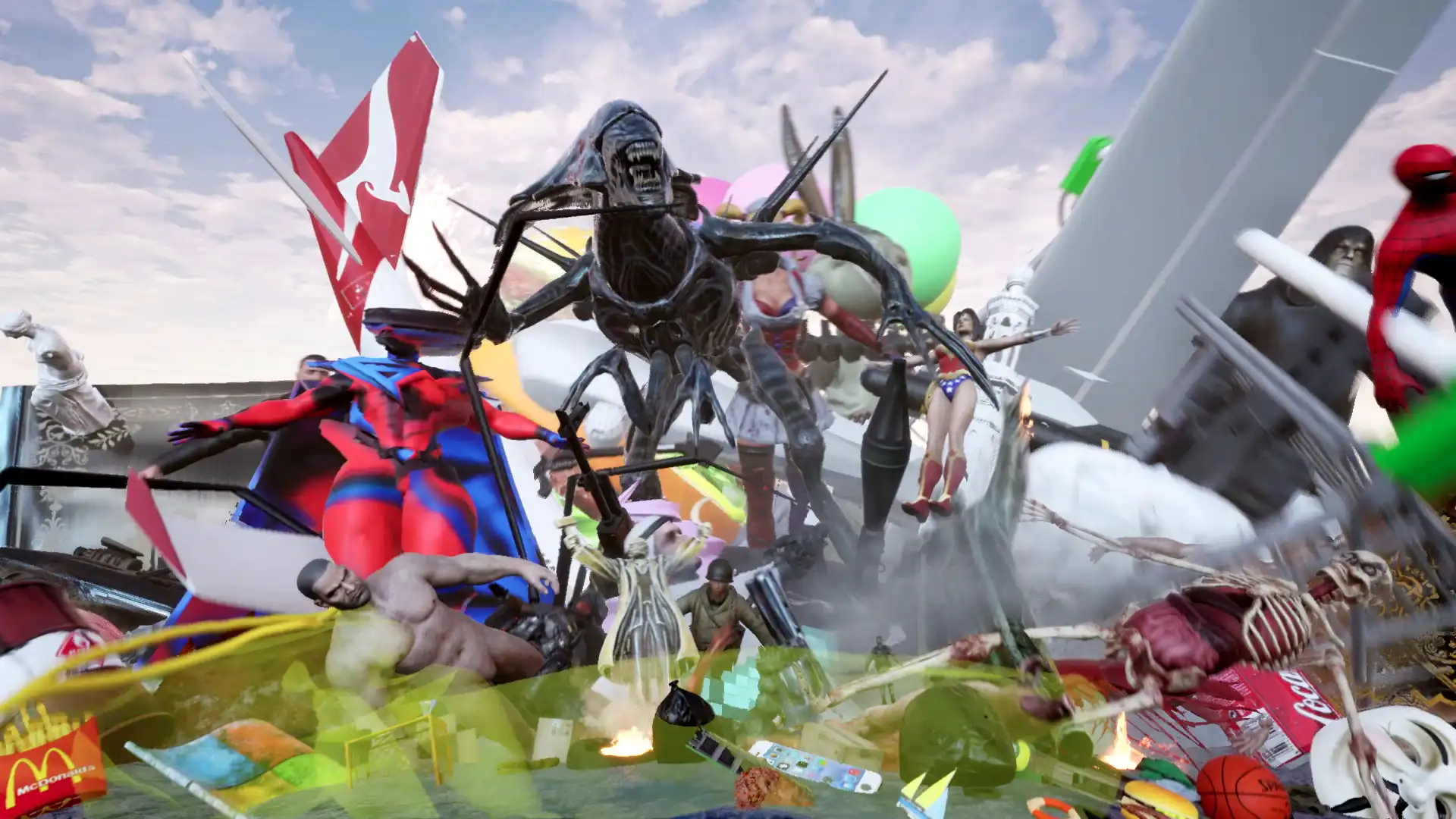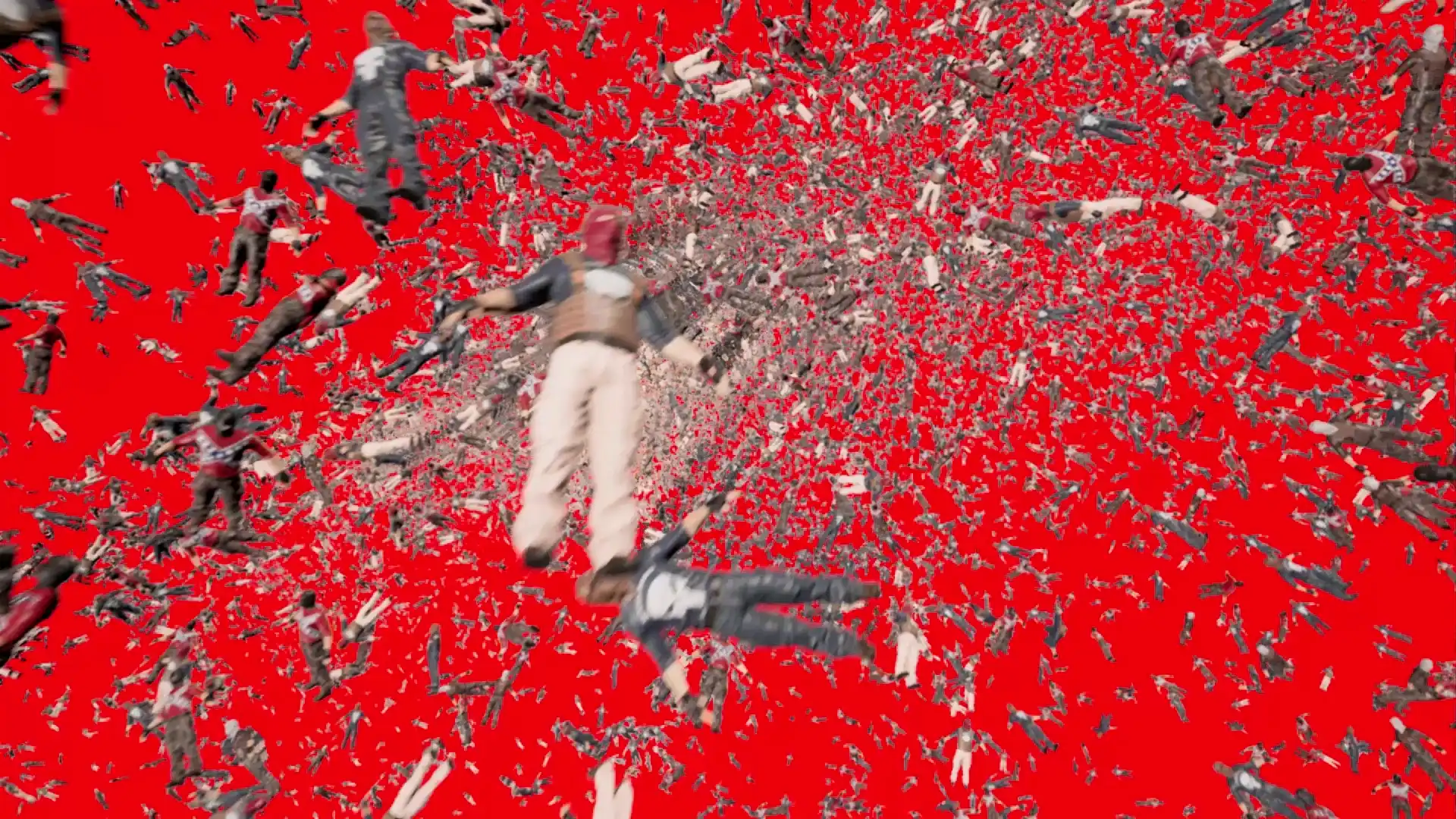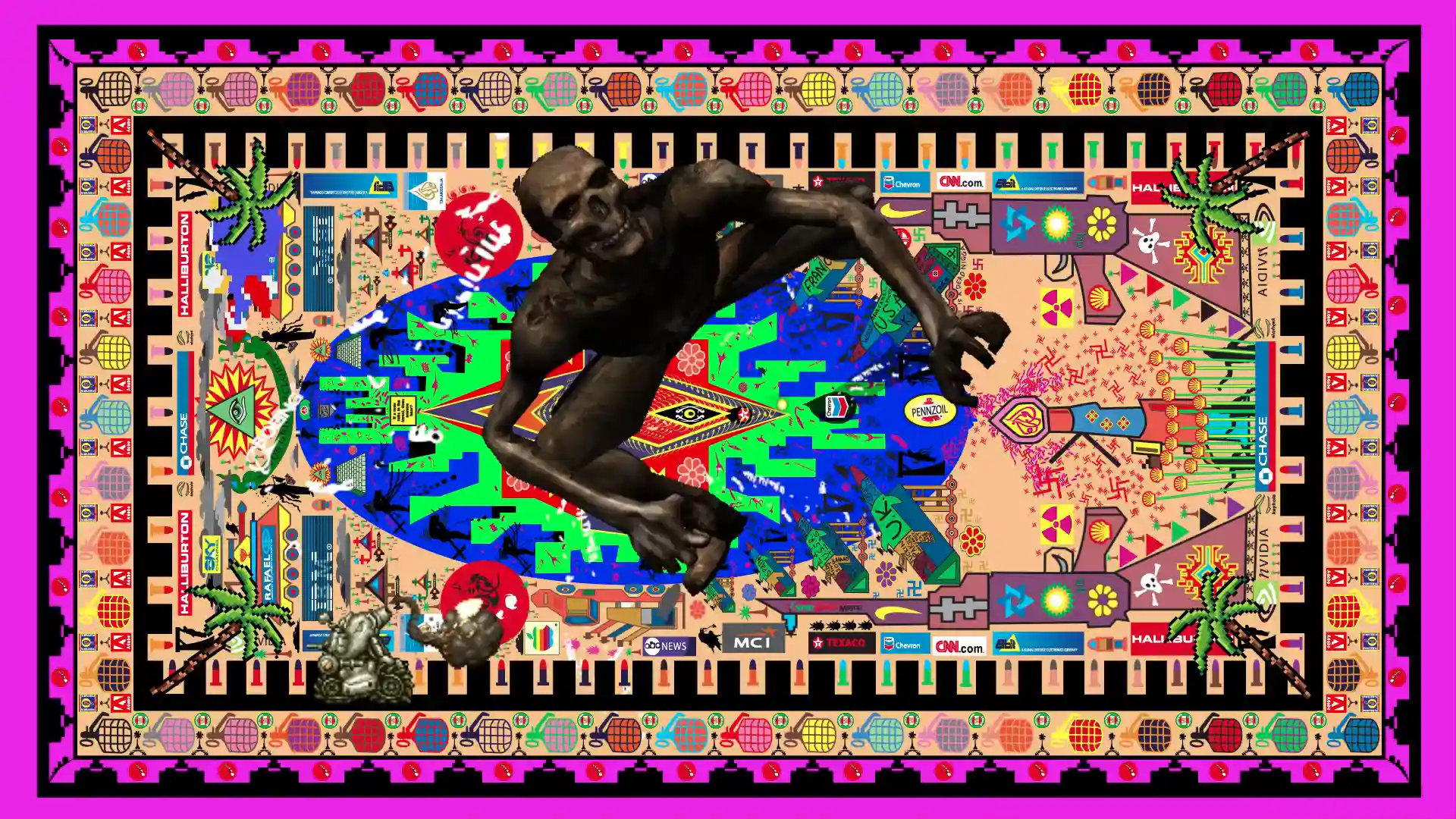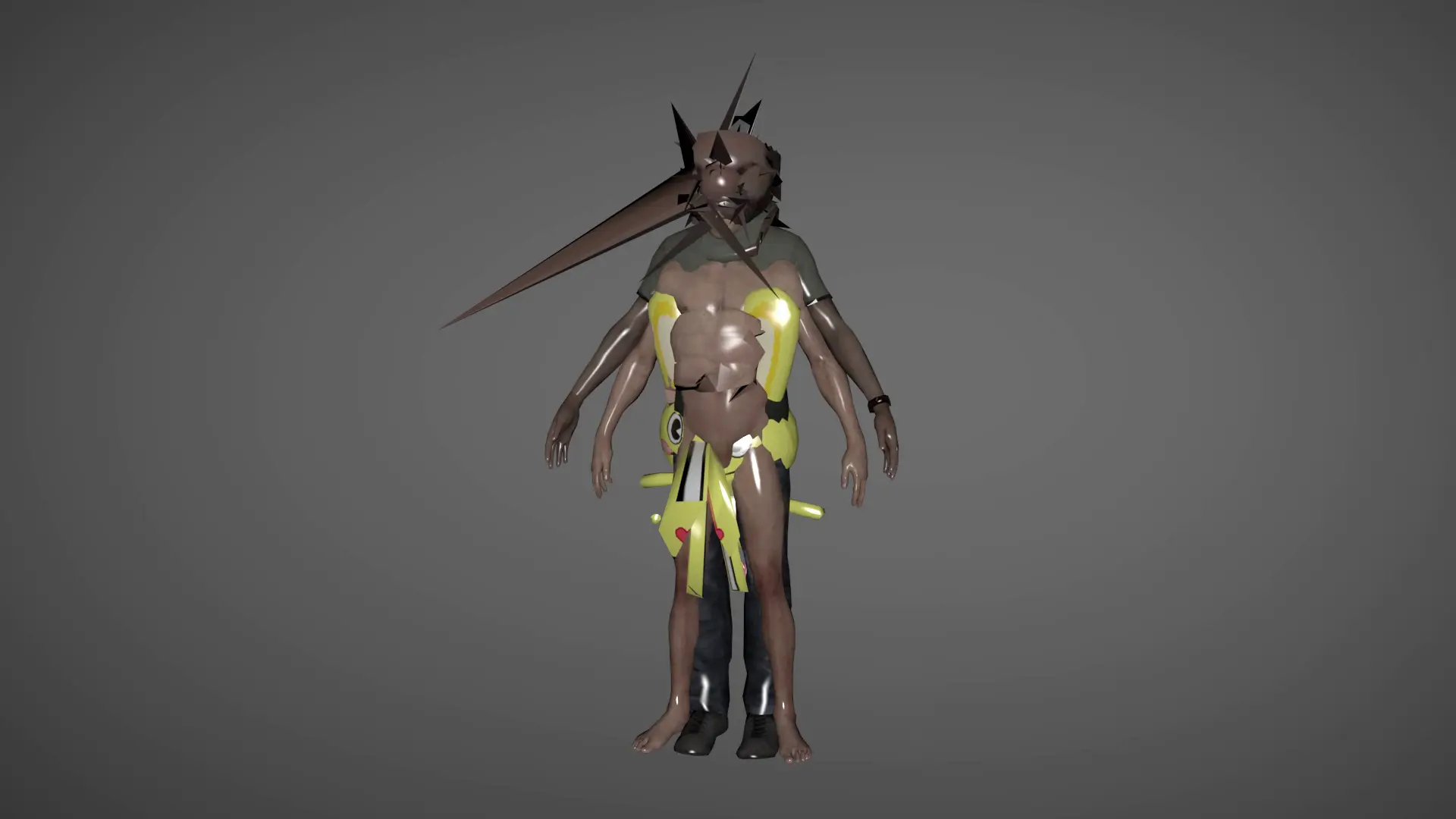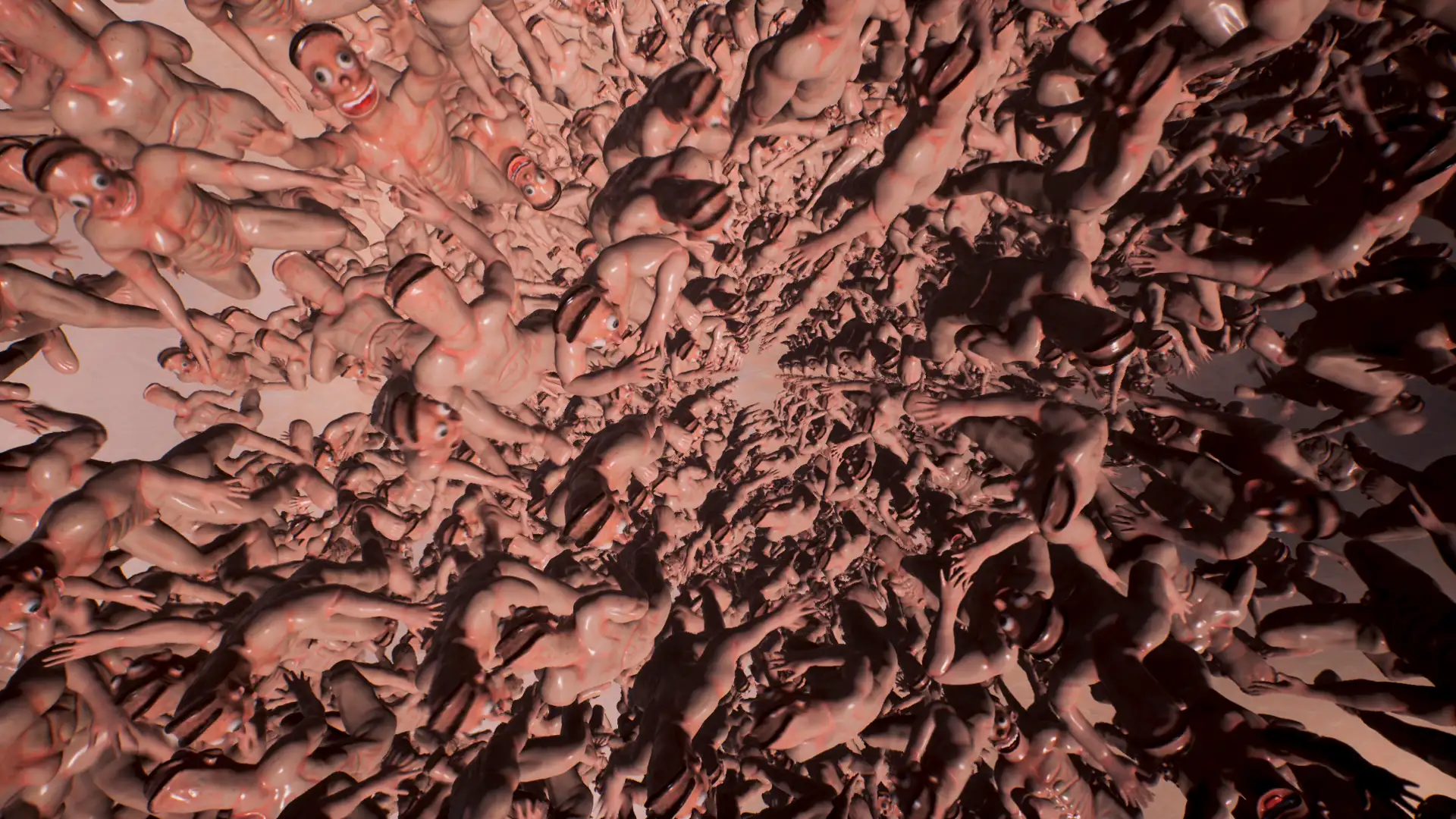Although Howlett’s performances were also predicated on ‘service’, he was actually paid for his labour (probably strictly by the hour). Accordingly, it seemed that he was not so much attempting to transcend the capitalist dasein as draw attention to the way labour attracts a financial equivalent, an ‘abstract’ fiduciary value. It is this symbolic, abstract value of art labour that lay at the heart of the artist’s conceptualist proposition; to wit, that labour’s value changes when it assumes an aesthetic dimension when performed in the art world. And further, that this arbitrary value is susceptible to the influences and pressures that operate in broader consumer culture. This may explain why he approached his teachers to help him fulfil his tasks, for as authority figures in a renowned art school they had a certain ‘currency’ that added value to Howlett’s art performances or outputs. There was also an interesting reversal to this relationship for the teachers paid for the student’s labour rather than being paid for their pedagogical services. The work may have also owed something to Michael Asher’s brilliant conception of his own creativity as measured by the fees he charges according to concept, time and place. Asher sets a limit on the length of time his ‘services’ can be used, and so controls the value of his art labour while limiting the capacity of others to profit from his work; i.e. collector re-sells at teratical profit, the artist gets zilch.
This examination of artistic labour demonstrated Howlett’s early interest in the rationale of consumer capitalist society, and how artists negotiate this condition. Today’s post-avant-garde can be characterised as having adopted a pragmatic attitude in this milieu – one that both accepts the decline of art’s authority as well as its incorporation into a consumer society that especially values forms of ‘creative labour’ predicated on celebrity, entertainment and publicity. That being the case, the artist must adapt the notion of artistic value to a system that is heavily invested in mediating perceptions, and often encourages hysteria and other intense emotions so as to attract enough transient interest to secure a sale.

clockwise from top: Hire Me Out: Expanded business card, 1999/2000. Acrylic paint on wall. CalArts, California, Los Angeles; Hire Me Out: VHS archive detail (nine VHS tapes), 1999/2000. NTSC, 720 x 576, approx. 10 hours. CalArts, California, Los Angeles; Hire Me Out: Martin Kersels. “Help with Kouros photo shoot”: $/hr (n/a) 10 hr$ $300.00, 1999/2000.Video still, duration 2:00:00:00, Tapes 1-2, 4 hrs actual footage. Materials: Martin Kersels, Michael Prior, fake Greek Kouros. crash pads and spring board. CalArts, California, los Angeles; Hire Me Out: Jacques De Beaufort, “Paint him dying”, $5.00/hr 1 hr $5.00, 1999/2000. Video still. duration 1:00:00:00, Tapes 1, 1 hr actual footage. Materials: Jacques De Beaufort, acrylic paint on plywood. CalArts, California, Los Angeles.
Howlett responded to this condition by creating a sprawling installation called Weapons on the Wall, 2004-5 (IMA, Brisbane, The Farm Space, Brisbane) that directly confronted consumer culture and the media sphere. Weapons on the Wall was the antithesis of Hire Me Out. If the latter contained strict parameters and a subtle conceptual elaboration of work relations, “Weapons” was an incredibly ambitious work that attempted to comprehend and capture the sublime abundance and excess of an economic system predicated on war, hysteria and wasteful consumption.
“Weapons” was meant to be a model or mirror of the global media sphere in an arrangement that presented a synchronic snapshot of contemporary life. Like any self-respecting photojournalist however Howlett’s selection of his ‘shot’ clearly revealed his motives, and “Weapons” was a vehement and unashamedly political work. In a mix of appropriated and hand made images and sculptures Howlett presented a discourse about a global condition in which fashion, comedy, and sport were interlarded with violence and war. Although these subjects offer competing and antagonistic agendas Howlett facilitated their imbrication via a bounty of communication forms and media objects that shared the same rhetorical features: namely, sales pitches and propagandistic assertions.



